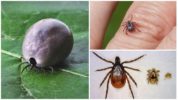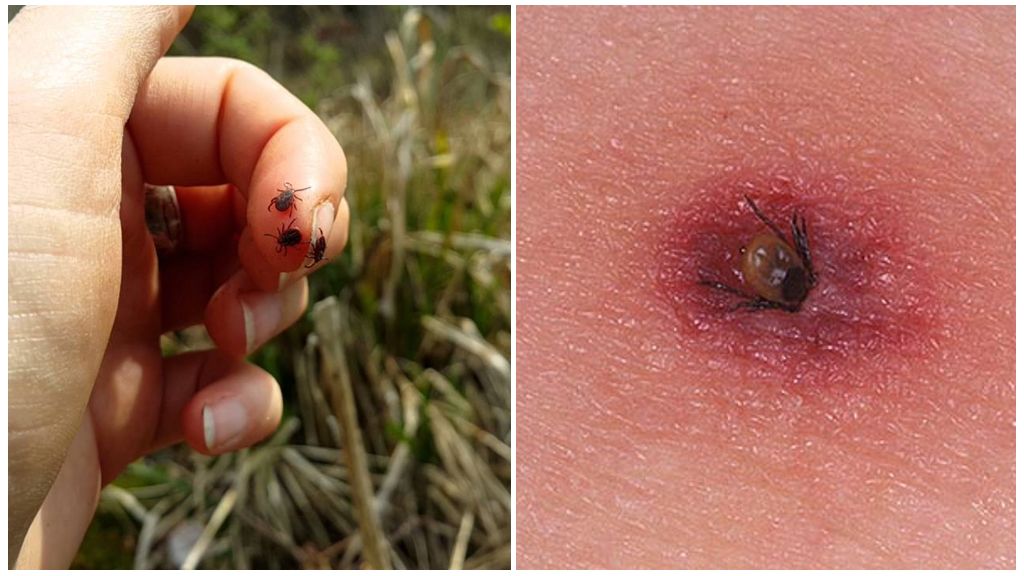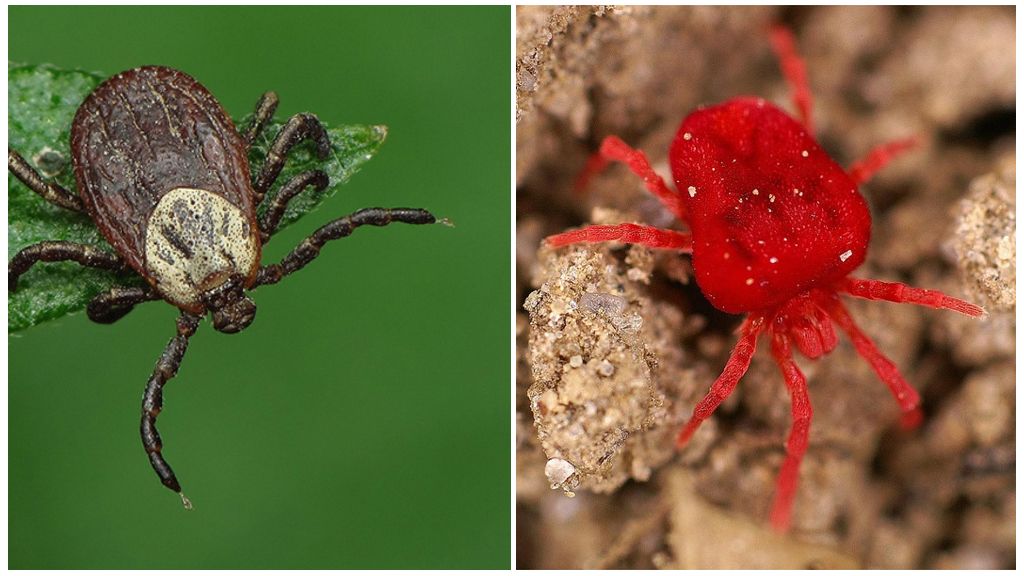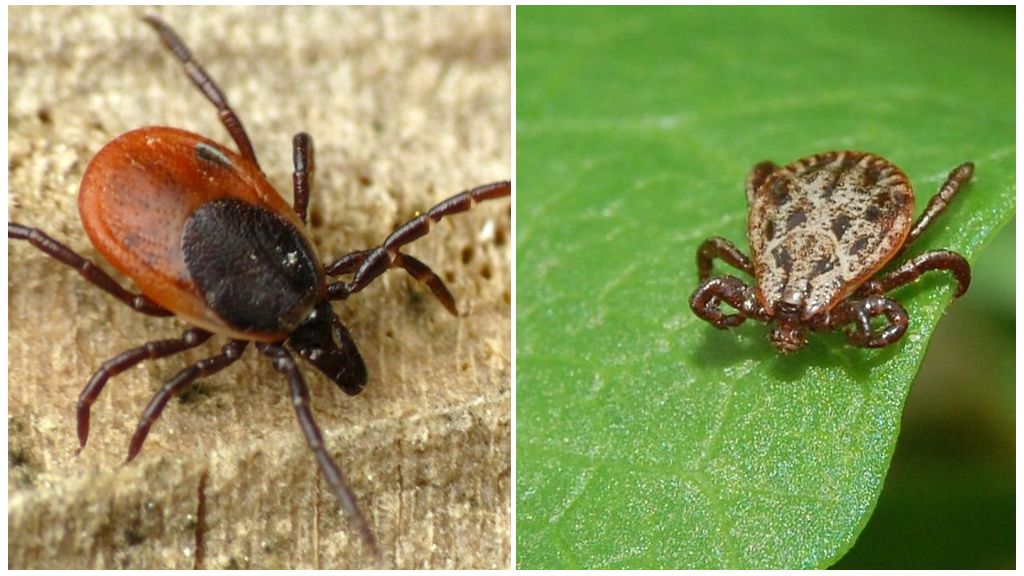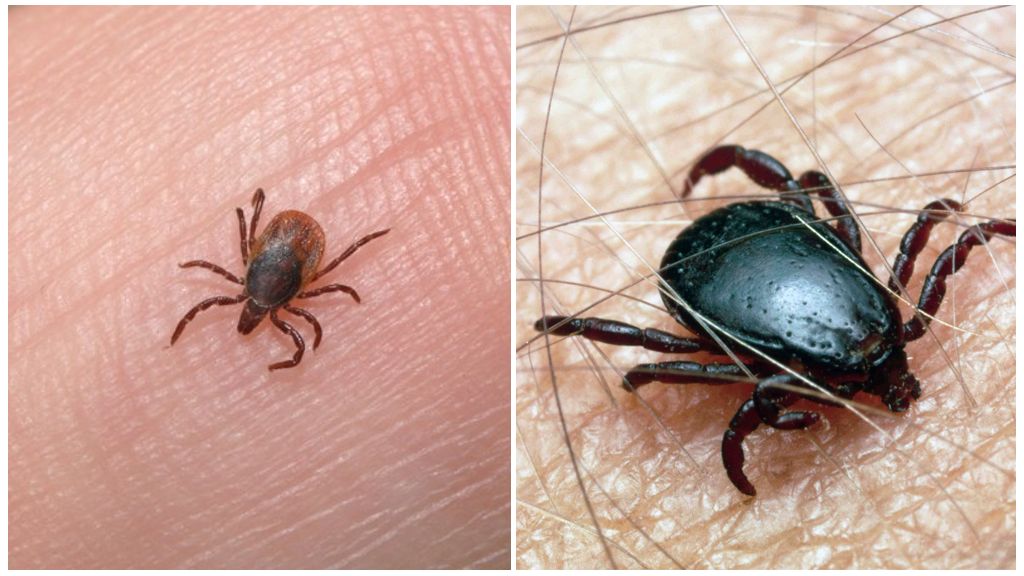- Tick Movement
- Tick Movement
Ixodidae ticks not always passive hunters waiting for the future owner on the grass and shrubs. They are able to look for their victim by thermal radiation and crawl in its direction. Even if you stop for a picnic where arthropods are completely absent, sooner or later they will crawl to the campers. Because of this, the question of how fast and how ticks move is very relevant. With long trips to the nature, the visit of ixods cannot be avoided.
Do ticks run fast
In the absence of nearby thermal radiation, ticks in nature move very slowly and preferably vertically. At ticks no eyes, they “don’t know” where to crawl. The infrared vision organs, which replace ordinary eyes with arachnids, are included in the work only when a warm-blooded object appears nearby.
Experiments were conducted on one of the species of ixodids - Pavlovsky mites. The average speed of movement of arachnids was 3 cm. The purpose of the experiment: to establish whether bloodsuckers can crawl to the path deliberately or is it an accidental hit.
We found out that ixodic ones move purposefully. It is established that if the path is well-defined, then the speed of movement of arachnids increases significantly. To overcome 120 m, Ixodes require from 2 days to 3 months. Speed depends on the number of people passing along the trail. In the absence of victims nearby, the arthropod almost does not move or crawls only up to wait for the owner in a more convenient place.

Interesting!
A well-fed arachnid is not capable of movement. If the hungry arthropod is disturbed and senses danger, it goes over very quickly with its paws. Escaping from danger, the ixodic ones are able to cover a distance of about 1 m in 10 seconds.
Can ticks jump
There is a belief that ticks jump from trees to their prey. There is some truth in this, but no more. Ixodides do not know how to jump. At most, they can fall on a small animal from a branch of a bush. But dermacenters able to climb to a height of 1.5 m, which can already be equated to an ambush on a tree. In an ambush, the bloodsucker waits motionless, with his forepaws spread, until some warm-blooded object passes nearby. The parasite falls on a small animal, clings to a large paws. Sometimes this large organism is a person. Hence the belief that ticks jump from trees.
In early spring, when there is no grass yet, ixodid can attack even on bare ground. But in this case, the parasites do not jump, like fleas. Ticks crawl on the ground in search of prey and can easily catch on the sole of the shoe. Once on the shoes, the bloodsucker rises through his clothes to the place he needs. In early spring, this is the neck area.
Flying ticks
In addition to the belief that ticks jump on people from trees, they are often credited with the ability to fly. To answer the question whether ticks have wings, it is enough to carefully consider the parasite. He does not even have a "seat" for the wings.

On a note!
But the wings have another bloodsucking parasite that can fly. Ixodides who can fly are often mistaken. deer bloodsucker - a fly parasitizing on large ungulates. It rarely attacks people, but it does happen. The bloodsucker has quite a few external signs that make it look like arachnids.
This parasite is also brown. Flies only in search of a victim. Having found the object, it drops its wings and turns into a cutaneous wingless parasite. The fly clings to the owner so that any tick will envy. Bloodsuckers live in the same area. And they even suffer the same diseases. Because of these moments, it was believed that ticks fly.
But the life cycles of bloodsuckers are different. Tick activity starts in spring and ends in autumn. Bloodsuckers are active almost all year round and just in the winter they have the most critical period: reproduction. Ordinary blood-sucking insects fly in spring and summer. In unfertilized bloodsuckers, the years begin in the fall. Having found the owner, the fly remains on it for the whole winter. In the cold months, it lays live larvae, which only at the end of August turn into adults.
Summing up, we can say that ticks do not know how to jump and fly. They either wait for the victim on the shoots of bushes, or get directly from the ground. If a bloodsucker flies, it's a fly.

